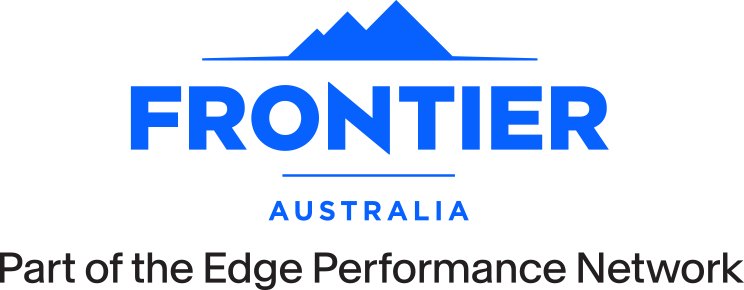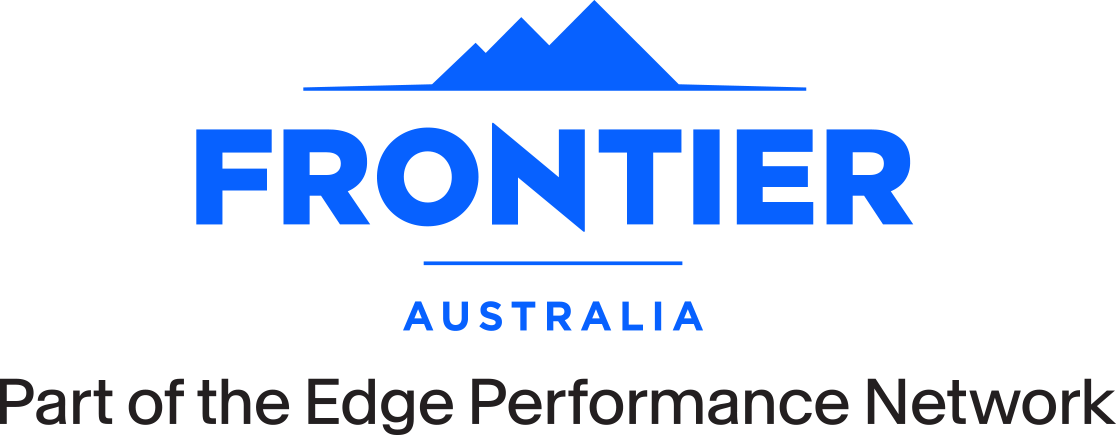When it comes to your advertising budget, deciding how much to spend and where to spend it can feel like navigating a maze blindfolded.
At the same time, it’s important to get it right because appropriate financing can often make or break a campaign. So we’re exploring ways to craft and maneuver the right budget for your advertising efforts.
Understanding Your Advertising Budget
Before you start distributing your dollars, it’s crucial to grasp what an advertising budget really entails. Think of your advertising budget as the financial outline that supports your goals. It’s what allows you to engage customers, create impressions, and ultimately drive revenue.
Start With Your Objectives
Your starting point should always be your objectives. What are you looking to achieve? Brand awareness, lead generation, or direct sales? Setting clear, measurable goals is the first step to effectively allocating your budget.
Know Your Audience
Understanding who your target audience is and where they hang out is key. There’s no one-size-fits-all answer here. Different audiences gather on different platforms, and recognizing those platforms is crucial in ensuring your advertising budget is spent efficiently.
Consider Your Channels
These days, there are plenty of advertising channels to choose from. Each comes with its own strengths and costs. Balancing between tried-and-tested methods and experimenting with newer channels can help you get the most bang for your buck with your advertising budget.
Some popular channels to consider may be:
- Social Media Platforms (Facebook, Instagram, LinkedIn): Ideal for businesses aiming to enhance brand presence and engage with audiences through targeted content.
- Search Engines (Google, Bing): For those focused on capturing audience intent at the moment of search, making it perfect for lead generation and direct sales.
- TV and Radio: Traditional and effective for reaching a broad audience. Especially useful for brand awareness or direct-to-consumer campaigns.
- Print Media (Newspapers, Magazines): Offers credibility and a specific demographic reach, suited for niche markets and local advertising.
- Outdoor Advertising (Billboards, Transit ads): Provides high visibility in selected areas, good for local businesses and major brands alike.
Diving Deeper Into Allocation Strategies
Basics aside, now let’s explore ways you should consider allocating your advertising budget.
Prioritize Flexibility
The business world moves incredibly fast. Having a flexible budget allows for resource reallocation based on performance and market changes. This involves, perhaps counterintuitively, keeping some of your budget unassigned for new opportunities and adjustments.
Analyze Past Performance
Data is your best friend. Look back at your previous campaigns. Which channels brought the best ROI? Which formats resonated with your audience?
Analyzing this data will give you valuable insights into how to distribute your budget.
Test and Learn
Not every penny has to go into proven strategies. Allocating a portion of your budget to testing new channels, formats, or messaging can uncover valuable insights and potentially more efficient ways to reach your audience.
Optimize for ROI
Ultimately, the goal of any advertising campaign is to generate a return on investment. Continuously optimizing your campaigns and reallocating your budget to high-performance areas will ensure that every dollar counts.
Wrapping Up
Creating an advertising budget isn’t just about deciding how much to spend; it’s about spending smart. Remember to understand your objectives, know your audience, carefully choose your channels, and remain flexible and data-driven in your approach. With that, you’ll set your campaigns up for success.
Happy advertising!





